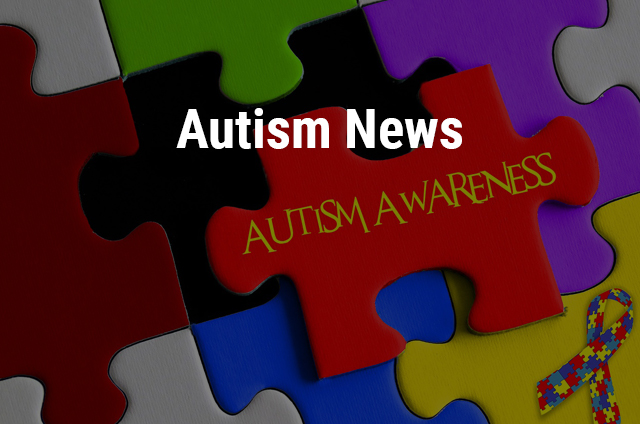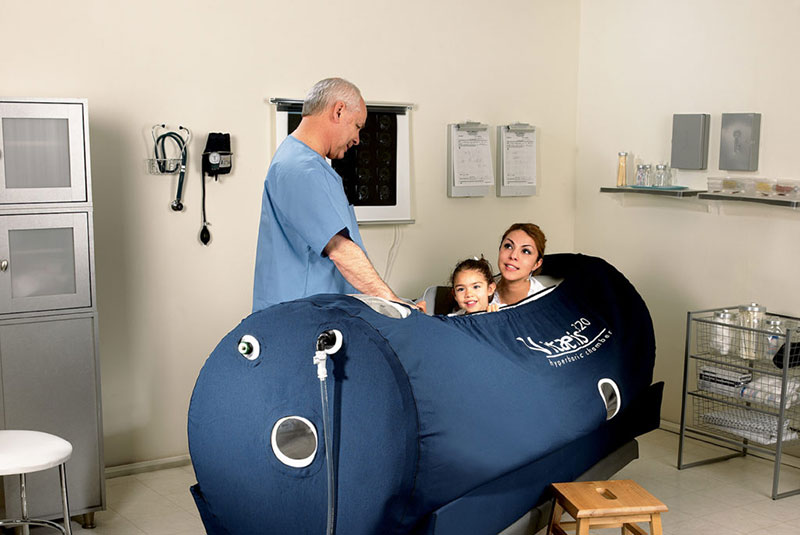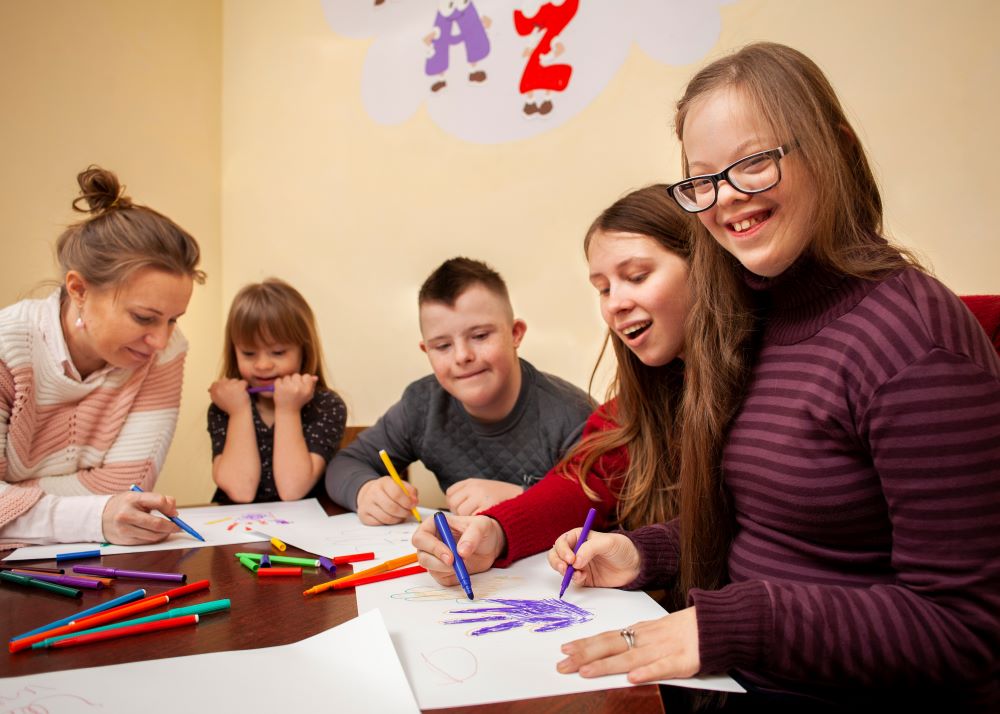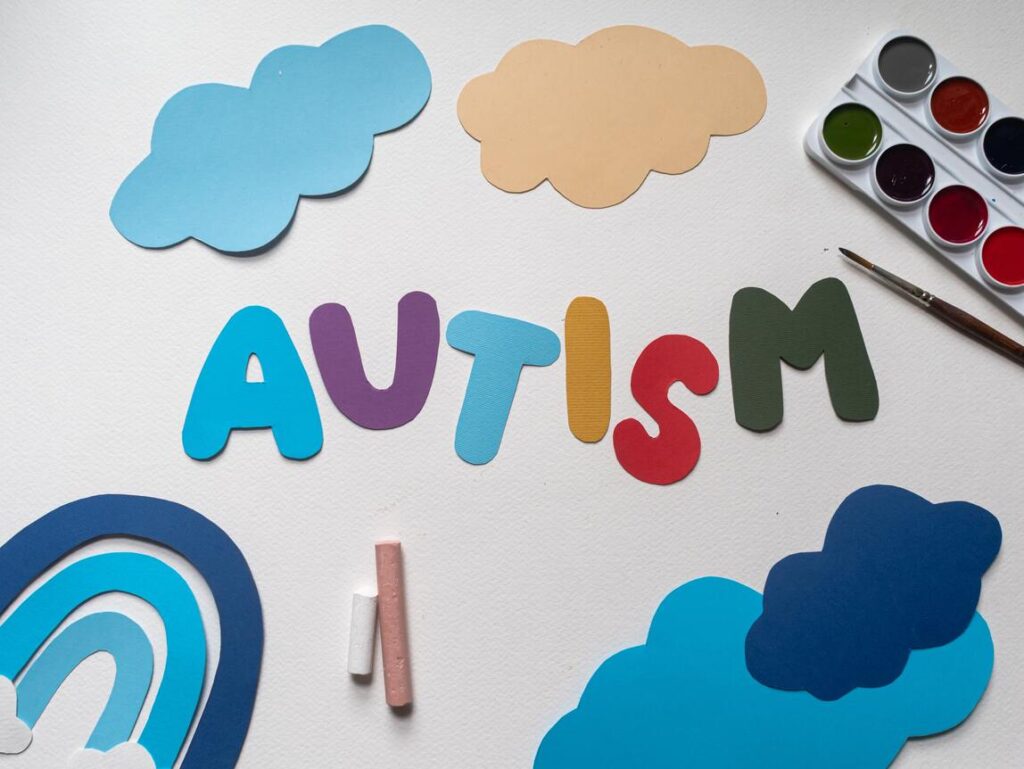Few years back, having an autistic kid in the family would either mean a life long burden if you belong to the sensitive sort otherwise you would simply choose to dump the child to some special care institute and move on with life. It was easier back then with fewer number of kids. The ratio has proliferated to an alarming number now with 1 in every 110 kids in the nation. Children with severe Autism Spectrum Disorder symptoms continue to baffle parents and physicians alike. Repetition, inability to verbalize clearly, social withdrawal, shrieking at the minute disruption of their daily routine and uncontrollably violent behaviors are the real fears of their life.
Doctors rendered Autism incurable long back and options for treatment were also limited. Scenarios have changed now. People are coming up with new and effective ways to treat autism. The basic aim for several organizations and doctors are simply to provide the affected kids with a smoother life. Their attempts are mainly to provide the children with an active life, to ingrain happiness into their dull lives, to expose them to the society at large in a compatible and healthy manner.
The disease unfolds in three layers.
- Autistic disorder
- Asberger Syndrome
- Pervasive Developmental Disorder
All three are severe blocks in the path of neurological development and cause serious communication issues in the affected person.

1. Changed environment changes behavior
One method that has never failed the teachers working with autism affected kids – the ABA technique. Applied Behavioral Analysis involves changing the current environment of the child to help him/her dissolve slowly but well with situations and increases his/her adaptability. Instead of telling her what to do, she is put in a situation where it is easier for the child to understand and respond to everything. Wilczynski of NAC, says,’it involves changing the environment depending on the choice of the child.’ she explains with the example of an ice-cream. She presents the child with a doable condition. If the child wants an ice-cream, all he/she has to do is say it, loud and clear. The moment the child is successful, he/she gets the ice-cream. There is a close, direct connection immediately established between the desirable and everyday life. This is how the child takes notice of the world spread around him and very slowly starts liking it too.
2. Doing what is not done
Autistic kids are born talented. They can do a lot and are unusually well at it if they choose to do it. Instead of dunking all hopes about them, lend them a soft heart and help them explore. Some are brilliant with numbers that so called healthy kids are jealous of their mathematical expertise. Some possess acute sense of music. Some are born with exceptional olfactory sensitivity. For some, it is painting and fantastic visual imagination that gets reflected in blank paper when they are provided with a brush and some paints. Special care, nurturing should come with focused care in these delicate, hidden factors that determine their life and can definitely soar them to eminent success. All they need is profound encouragement and a bit of patience.
3. Finding the right program
Finally comes the most important part. As we have mentioned before workshops work really well with kids, encouraging a particular talent they possess and helping them shine, assisting them to realize their dreams and eventually scoop them out of the complicated unsocial cocoon is a helpful deal. As a caregiver or as a physician it is important for you to recognize the potent talent in your patient and exercise it well. An ambiance which is rich in care and love focusing all attention on the patient is important. Few organizations are absolutely fantastic in coordinating supreme workshops with autistic children and the effect is absolutely spectacular.
All in all, these ways are not just important but more effective than simple clinical tests and treatments that involve only drugs. Care, personal attention, minute scrutiny of improvements and above everything a strong attempt to incorporate the patient in regular social activities sets the right tone for curing these kids.



